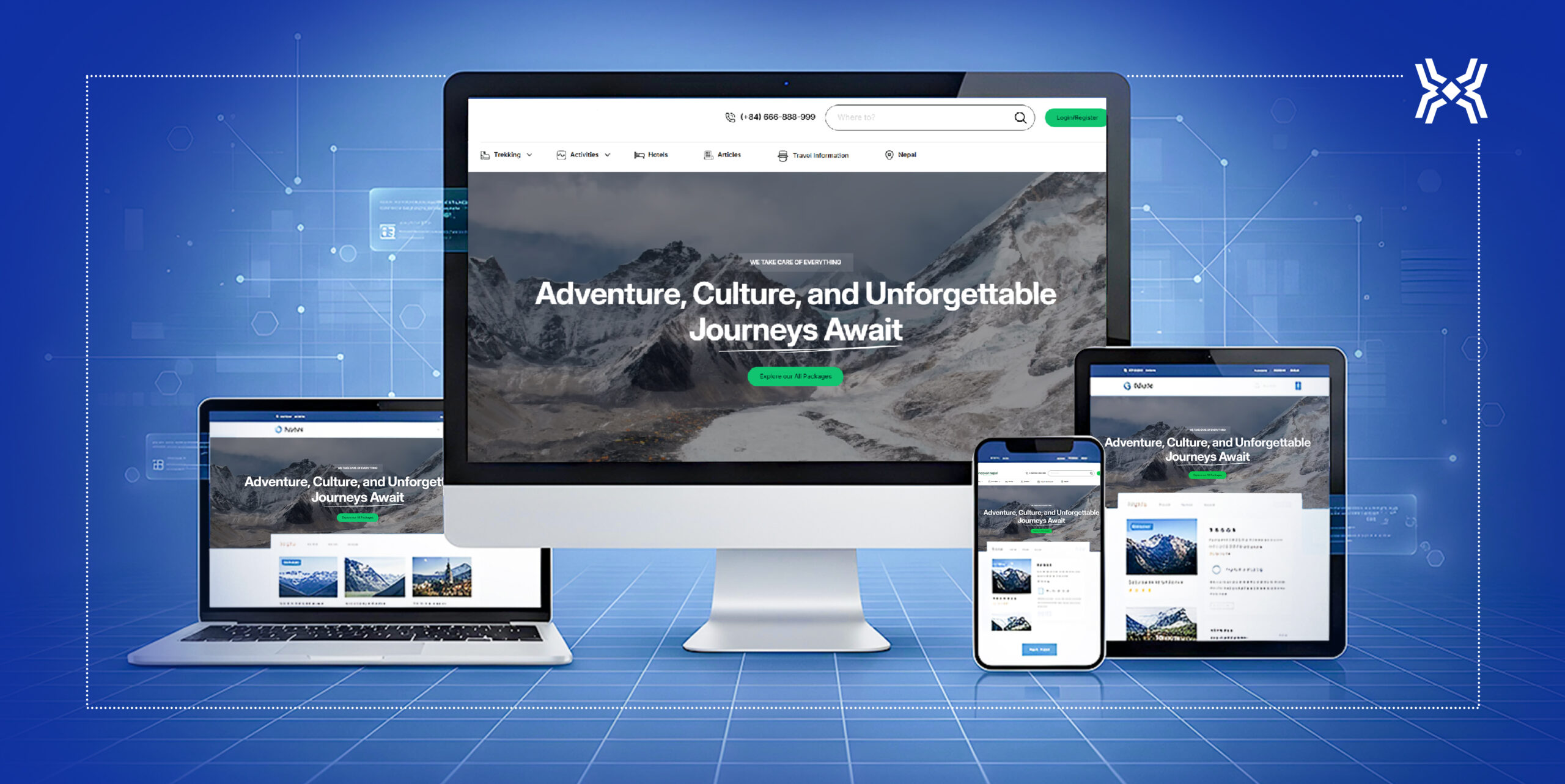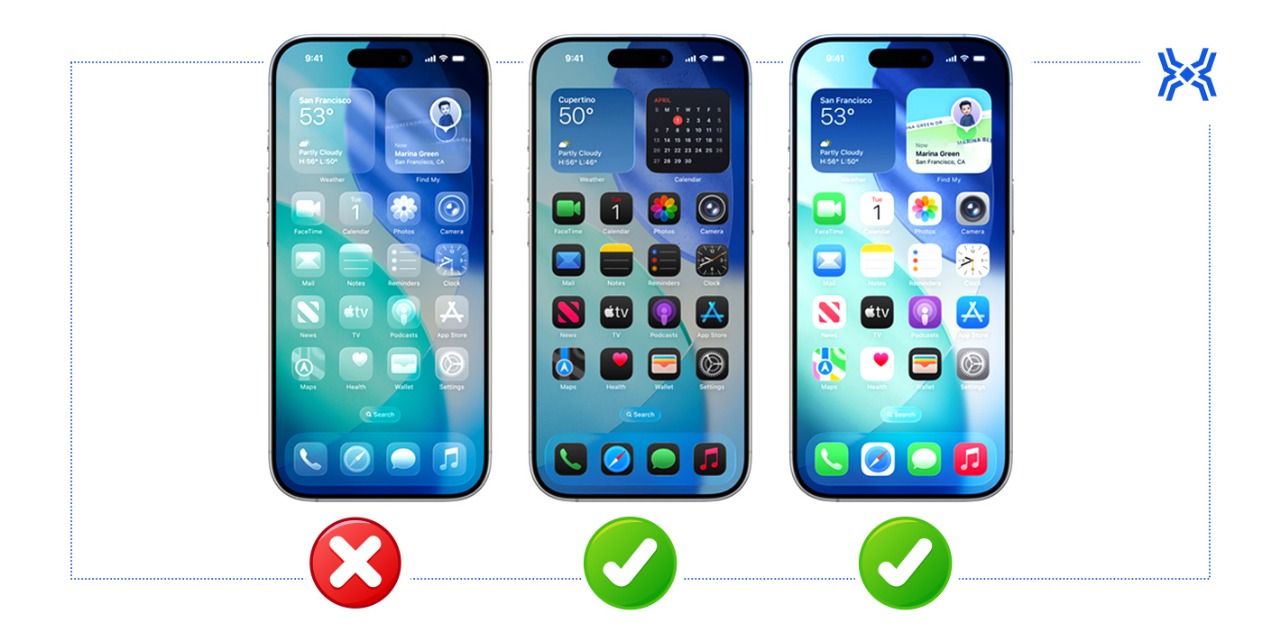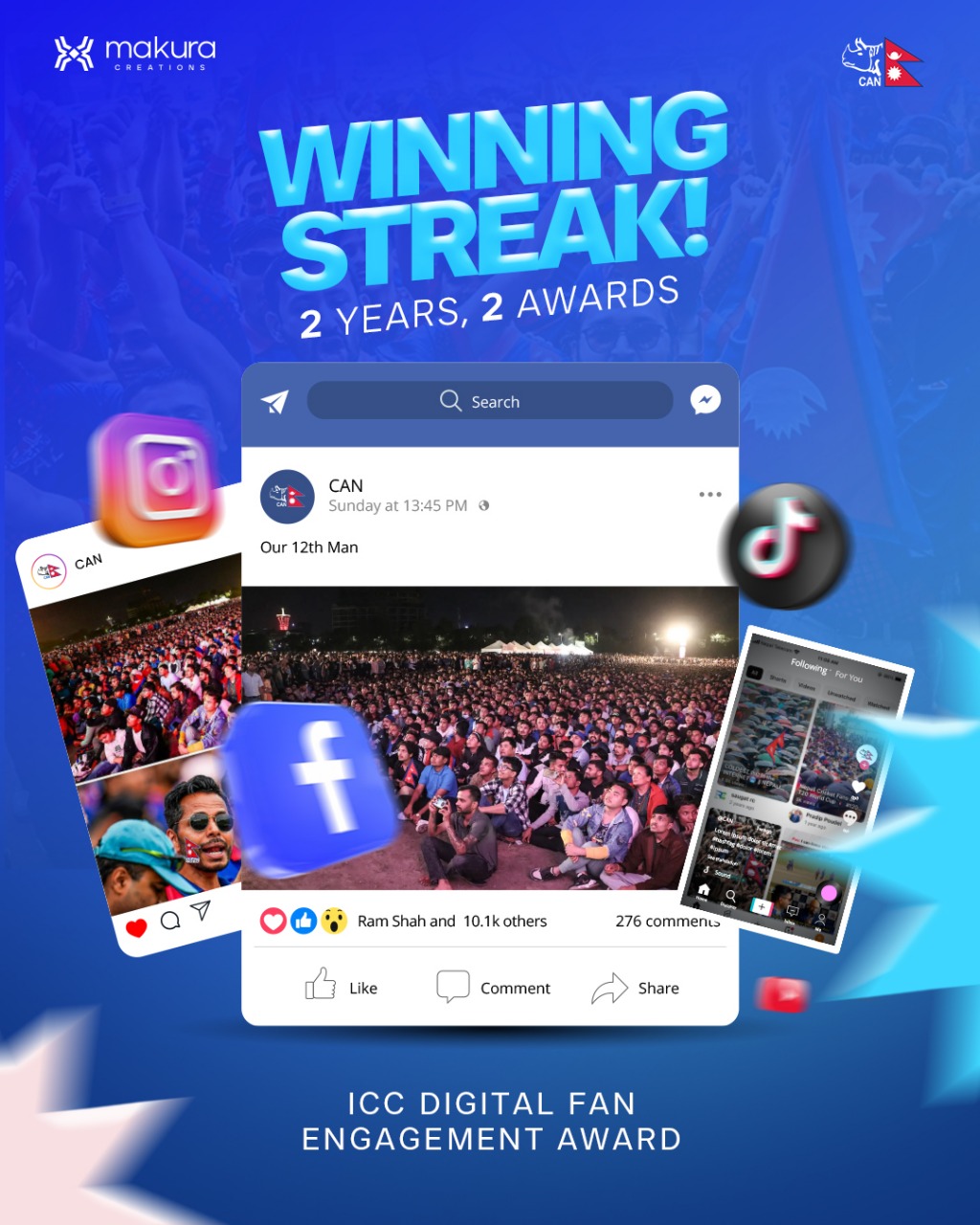Many people in Nepal, mainly business owners and startups are unaware of the website and web technology. They are unclear on how it works and what are the things we need to consider when it comes to website development of their website. They are less tech-savvy and don’t know which stack to use. Most of the clients don’t even know their requirements. Under- or over-scoping is one of the biggest problems for clients.
When it comes to development, they also feel that this can be done easily without knowing the complexity of design and development work.
Let’s talk about some of the myths of web development in the context of Nepal
Common Myths About Web Development in Nepal
1. Web Development is an Easy Task:
With the growing number of IT colleges and training courses, more IT professionals and web developers are present in the market. With this development, it has become accessible to everyone. People are starting with their relatives and accessible people, which has created this narrative of web development being really easy. However proper development with proper organization is not an easy task to do. It requires some serious effort.
2. A Website Can be Built in Days:
This may be true if the requirement is too low, however for a basic website, say a company’s website the minimum number of pages is 4; i.e. homepage, about us page, service listing/detail, contact us. If the proper SDLC approach in web development is followed, development is followed through Ideation and Prototyping, Low, High fidelity mockup, frontend development, backend development, backend integration, testing, and deployment. If done in the right approach even for such a simple site it takes a minimum of 40 to 60 hours. Now imagine how websites with specific functionalities take. Website and web application development is like building a house where a series of processes are involved.
3. WordPress and Laravel are Free so the Cost for Development Should be Quite Less:
Yes, these technologies are open-source and free to use. However, implementing and modifying these frameworks requires quite a lot of skill, and the cost of skilled manpower isn’t low, so the time they will devote comes with a certain cost.
4. WordPress Websites Should be an Easy Go:
Although WordPress provides CMS, still the other processes of design and development need to be followed. We have to design UI/UX, Frontend development needs to be done, and Theme creation needs to be followed by theme integration, testing, and deployment. So it is not as easy as it seems. If you would like to know in detail about wordpress development you can refer to the WordPress Development Service page. Also, we have written a detailed article on why Nepali people are concerned about WordPress saying it is bad. If you still think WordPress is not a good choice for you, you can refer to this blog article.
5. The Cost of Website Development Covers the Cost of Service and API Integration:
Most people think that the cost of website development covers all the costs of integration for third-party services. Apart from core development, we might need to integrate several tools and APIS for several functionalities, e.g. payment integration, SMS gateway integration, Newsletter integration, and Automation tools. Company owners are supposed to subscribe to these APIs and send them to the development agency. Having said that, some might have agreed to include all these within the cost which is a different part but in general cases, these costs do not include the cost for these.
Now let’s discuss which platform to use for your upcoming project. First of all, Why are you worried about what to use and what not to use? The decision is the agency’s and not yours. Anyway, if you would like to deep dive we are here to help you.
Choosing a technology stack for your website or application completely depends upon your business requirements and functional requirements. As these are the main used stacks when it comes to websites for SMEs here in Nepal, this time we are going into Laravel vs WordPress development.
When to Use WordPress for Web Development ?

1. Content-Driven Websites
WordPress excels at handling content-heavy websites such as blogs, news portals, or any platform requiring frequent content updates. It comes equipped with built-in tools that make it easy to manage, organize, and update content. These features help streamline the workflow for content creators and administrators alike.
2. Small-to-Medium Business Websites
For small to medium businesses, WordPress provides a straightforward and cost-effective way to create a web presence. It allows businesses to showcase their services, portfolios, and company information using visually appealing themes and user-friendly interfaces, all without extensive development effort.
3. E-Commerce Stores
With the rise of the WooCommerce plugin, WordPress has become a robust option for small to medium online stores. It allows seamless integration of e-commerce functionalities such as product listings, payment gateways, and inventory management. Coupled with its vast library of plugins and widgets, WordPress enables businesses to build feature-rich online stores tailored to their needs.
4. Non-Technical Users
WordPress is designed with non-technical users in mind, offering an intuitive dashboard that simplifies website management. From creating pages to updating content, individuals with minimal technical expertise can handle tasks independently, reducing the need for constant developer intervention.
5. Tight Deadlines
For projects with tight deadlines, WordPress is the perfect choice. Its ready-made themes and plugins allow for rapid website deployment. Instead of spending weeks on development, businesses can launch their websites quickly while still maintaining quality and functionality.
6. Budget Constraints
WordPress is highly cost-effective, making it an excellent choice for small projects. With access to free themes, plugins, and affordable shared hosting options, businesses can build professional websites without exceeding their budget.
7. SEO Optimization
WordPress comes with SEO-friendly features and supports plugins like Yoast SEO to enhance content visibility on search engines. It simplifies meta tag creation, keyword integration, and readability analysis, enabling websites to perform better in search rankings.
8. Community Support
With a massive global community, WordPress users benefit from extensive support resources. Whether through forums, tutorials, or plugin documentation, help is always readily available. Additionally, developers can leverage thousands of pre-built plugins to extend the functionality of their websites effortlessly.
9. Easy Handovers
WordPress is an excellent choice when projects need to be transferred between developers. Its standardized ecosystem ensures that any developer familiar with the WordPress stack can quickly adapt and take over the project without significant downtime or learning curves.
When to Use Laravel for Web Development ?

1. Custom Web Applications
Laravel is ideal for building highly customized web applications like CRMs, ERPs, or SaaS platforms. Its flexibility allows developers to create solutions tailored to specific business needs, offering unparalleled functionality and user experience.
2. Complex Business Logic
For projects involving intricate workflows, multiple integrations, or advanced user management systems, Laravel is the superior choice. Its architecture supports the development of applications that can handle complex logic while maintaining efficiency and reliability.
3. Scalability Requirements
Laravel is built for scalability, making it the preferred framework for projects expecting substantial growth in traffic or data processing. Its modular structure allows developers to scale applications as business demands increase.
4. High-Security Requirements
With built-in protections against threats like SQL injection, cross-site scripting (XSS), and cross-site request forgery (CSRF), Laravel is well-suited for projects requiring high levels of security. This makes it a reliable choice for handling sensitive data.
5. API-First Applications
Laravel excels in building RESTful APIs or backend services for mobile apps or single-page applications (SPAs). Its tools and libraries streamline API development, making it a powerful framework for API-first projects.
6. Performance Optimization
Laravel provides developers with superior control over database queries, caching mechanisms, and application performance tuning. This makes it ideal for projects where speed and performance are critical.
7. Custom ECommerce Solutions
For online stores with unique requirements that go beyond what plugins like WooCommerce offer, Laravel provides the flexibility needed to build fully customized e-commerce platforms.
8. Developer-Driven Applications
Laravel is best suited for projects where experienced developers need full control over the application’s architecture, features, and performance. Its ecosystem encourages innovation and precision.
9. Future-Proof Architecture
With its MVC structure and modular design, Laravel ensures that applications are easy to maintain, update, and scale over time. This makes it a great choice for long-term projects that need to adapt to changing business requirements.
Generalizing the market here in Nepal, we try to categorize the stacks for you.
- Website for Travel Agencies: Some of the common features of travel-based websites are Destination management, activity management, region management, trip management, itinerary management, Gallery management, Inquiry, Booking, and contact functionality. For this, you can either go on with Laravel or WordPress. If SEO is your primary concern, WordPress is the best choice. If scaling up or any personalized requirement is there, Laravel should be your choice.
- Website for Accounting Professionals and Audit Firms: Generally Audit Firms have basic pages and they simply need an online presence with 5 to 7 pages including a homepage, about us, services listing, service detail, and contact. For this WordPress is the best choice as content management is easy and maintaining the website is easier. Unless you have specific requirements, WordPress is still the best choice.
- Website for Legal Firms: Generally Law Firms have basic pages and they simply need an online presence with 5 to 7 pages including a homepage, about us, services listing, service detail, Practice areas, and contact. For this WordPress is the best choice as content management is easy and maintaining the website is easier. Unless you have specific requirements, WordPress is still the best choice.
- Website for News Sites and Blogs: WordPress is the best option for news sites and blogs whose main requirement is content management. WordPress handles content management so well so this can be the best choice among these two.
- Website for School Colleges: Education institutes need an active web presence and need to update news, notices, and content periodically. If the requirement is simple and just want to show information about the institution with a bit of news update you can go ahead with WordPress else if you have specific requirements like integrating the website with LMS and want to build the website on top of CRM, ERP, LMS than Laravel is the best fit.
With this, we sum up that, it is not about which business you are in but what your functional requirements are when it comes to choosing the right stack for development.






